I went to the Liberty Humane Society (LHS) for the first time this past week, but my first visit certainly won’t be my last. Jersey City contracted with LHS in 2004, and since then they’ve converted an old garage to meet their needs and have secured contracts with Hoboken and Bayonne. This great group of people is really making the best of what they have and is working tirelessly to give the animals the best care possible. On the front lines of those efforts is executive director Irene Borngraeber, who took time out of her busy day to give me a tour and to speak to what LHS is all about.
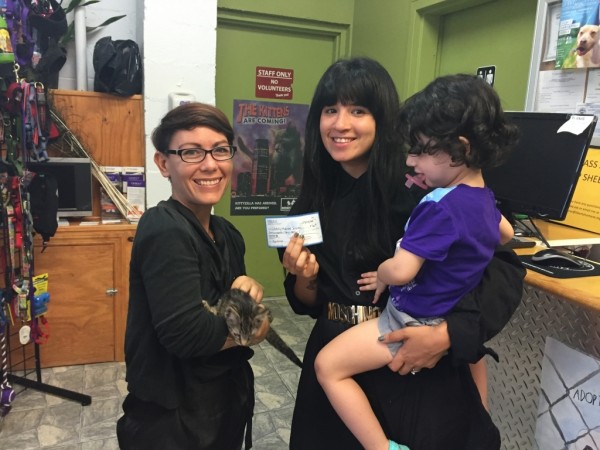

ER: How long have you been working at LHS?
IB: I’ve been at LHS since July of 2010, so about five years. I actually started as a temp in a time of transition for the organization and became executive director about two a half years ago.
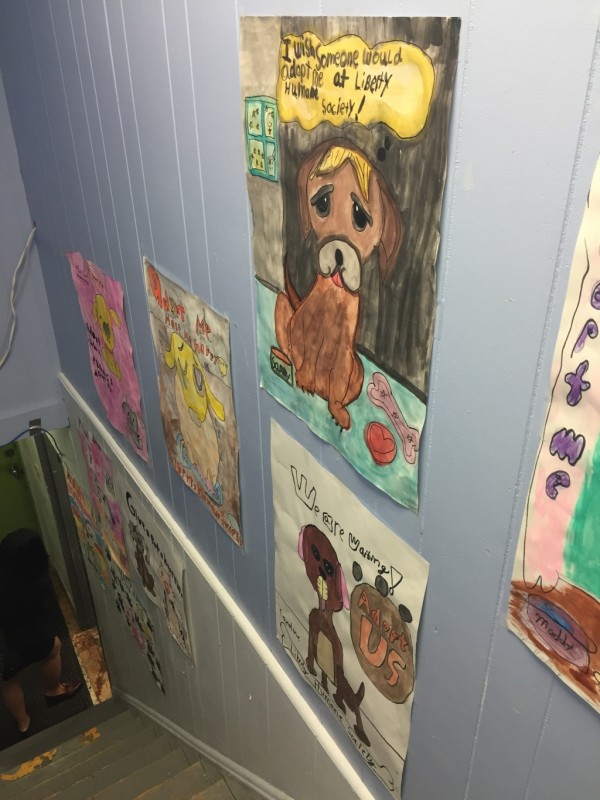
ER: How have you seen things change since you’ve been at LHS? How has it changed over the last 5 years?
IB: Liberty Humane Society is a very interesting organization that’s really evolved with Jersey City. Jersey City hasn’t really had a good track record when it comes to animal welfare; it didn’t have a humane animal sheltering facility until LHS came on board in 2004. So looking towards animal welfare and services, there hasn’t been much that the community has had.
I came on board at LHS at a very difficult time in its history—there were concerns over animal care, which is always challenging with a facility of this size, and it was struggling to deal with the number of animals coming through the door and the need for better care. It’s changed completely since then. The number of positive outcomes for animals has skyrocketed, and care for them is so much better than what it was. We have more staff, more volunteers, and we’ve been able to implement some very progressive initiatives in terms of animal sheltering and control.
It’s very difficult to run an organization that has municipal contracts as well as one that has to subsidize as a nonprofit, because we’re always looking to do more with what we have with very few resources available for sheltering and control facilities. We aren’t able to choose the types of animals that we get in—we help whoever shows up at the door. Oftentimes these animals have a reason why they are here, such as challenging histories related to behavioral or medical conditions that their owners couldn’t deal with.
We got [our rabbit] Marshmallow, two dogs, two cats and the two geckos in the medical room because their owner was a lock-out, so there are all kinds of situations that lead to animals coming up here, and we can’t control the flow. This means we have to always be thinking, creative and on our toes to consider positive solutions for the animals in our care.
ER: Tell me a little bit about LHS. What’s your mission?
IB: Our mission statement is to foster a community of compassion and respect and provide animals in need with a chance at a lifelong, loving home. For us as an organization, we’ve really begun to realize that homeless animals in our community are merely a symptom of many other issues. It’s not enough to just talk about re-homing animals; it’s not enough to just talk about adoption or behavioral assessment. Our organization really wants to get at the root of why we are needed as a service for the community in general. Why are these dogs, who we know have had homes in the past, suddenly showing up? Why are people feeling the need to get rid of their pets?
What we’ve identified through our research in the community is that we have real challenges with affordability and accessibility of services. There is no low-cost spay and neuter clinic in all of Hudson County, let alone Jersey City. There is no low-cost general healthcare, outside of what the shelter provides. We have a low-cost public wellness clinic that we offer at LHS, and we’re hoping to launch a low-cost spay and neuter clinic though we’re facing the challenge of being on our own. So, our approach begins with the question of what the community needs, and we’re working to get to the point where we don’t have these homeless animals and have to re-home animals.
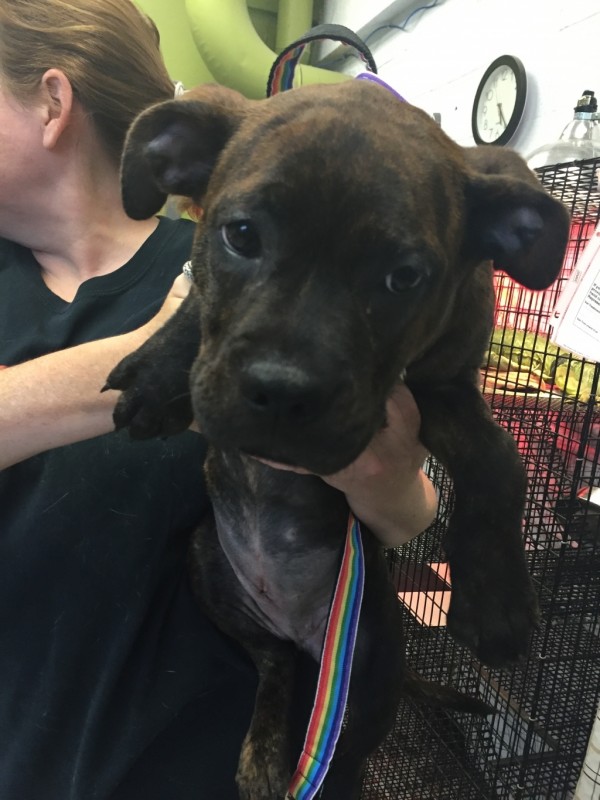
ER: You have full-time staff in addition to volunteers, correct?
IB: We normally have about 16 full-time staff members, though our Director of Development and Volunteer Coordinator positions are currently open so we’re stretched a bit thin right now. In our volunteer database we have over 500 people, but I’d say that we have about 80 active volunteers at any given time.
ER: What is the process for when animals come into LHS?
IB: When an animal comes in, they are assigned a place in the system and get a full medical exam from our veterinary technicians complete with vaccinations and any initial treatment that they may need. Treatments include the Bordetella (kennel cough) vaccine, deworming, and care for things like fleas and mites. After three days, which is the time that it takes to settle down after coming in, our dogs also receive a behavioral assessment. Our assessment is a combination of the ASPCA behavior guidelines and guidelines created by animal welfare specialist Dr. Marder. We test how the dogs react to children, men, women, strangers, playing tug of war, taking food away, all of those sorts of things to analyze their responses and to place them properly in our system. We put the dogs on behavior modification plans if necessary to correct behaviors like jumping and leash-biting, teaching things like sit and stay.
ER: How often do you get new animals? Dogs and cats, or others as well?
IB: Every single day, as well as overnight. We have a 24-hour drop-off section at LHS for animal control, and nearly every morning when I come in there are new animals waiting for us. There are kittens in there right now. We get any animal that is a domestic stray, and we also get injured wildlife that animal control has picked up that comes here for a short time before it is transferred to a rehabilitation facility who can handle them. We’ve had raccoons, squirrels, birds, goats, you name it.

ER: What sorts of things does LHS have the greatest need for? What can people donate?
IB: We are always looking for in-kind donations for supplies, as well as monetary donations to keep things going. We always have local fundraisers going on that people can attend to help us raise much-needed funds and get the word out about us. A portion of ticket sales from the Hoboken Comedy Festival—running through October 4th—benefits LHS, and we have a beer tasting event planned for early November at the Hoboken Elk’s Club. Our new meet-and-greet room in the Cattery upstairs, which has increased adoptions of cats and kittens by about 65%, was made possible by public donations. The same goes for our brand-new outdoor dog run, which had its ribbon-cutting this past August. These types of improvements are only possible through public contributions and private support; we really rely on and greatly appreciate the support of the community.
ER: You have Bark in the Park coming up on October 10th. Can you tell me a little bit about that event?
IB: This is our biggest event of the year, and we’re really excited about it. It will be from noon to 5:00 p.m. at Stevens Park in Hoboken. We’re asking people to put together a team, create a fundraising page and ask friends and family to consider supporting the cause. It’s going to be fantastic. We’ll have some experts in the pet arena showing off what our adoptable animals can do, and we’ll be celebrating attendees who have adopted a pet from LHS in the past. We want to raise our profile within the community and talk about the benefits of pet adoption in a fun way. We’ll have a lot of kids’ activities, family-centered activities, and things for adults to do as well.
ER: How can people get involved at LHS? I know that you have a dog walker training program. How does that work?
IB: We do! But there is so much that people can do at LHS that isn’t directly hands-on with animals. We always need help with graphic design, marketing, copywriting—everything that we produce is something that we do here, and we can always use assistance. If someone has a special skill, such as being a handyman or expertise in IT, we can always make use of that. If people do want to work hands-on with animals, we have that too. There are trainings that new volunteers have to go through. There’s a general volunteer orientation, and then there are specific handling classes geared to each person’s level. For our dogs, there are different color cage cards that correspond to a level of dog walker, depending on the degree of strength or level of difficulty that the dogs may present. As volunteers progress through their training, they will learn about behavioral modification skills and learn to work with our dogs to make them more adoptable. People who are interested in volunteering can email volunteer@libertyhumane.org to receive a volunteer application.
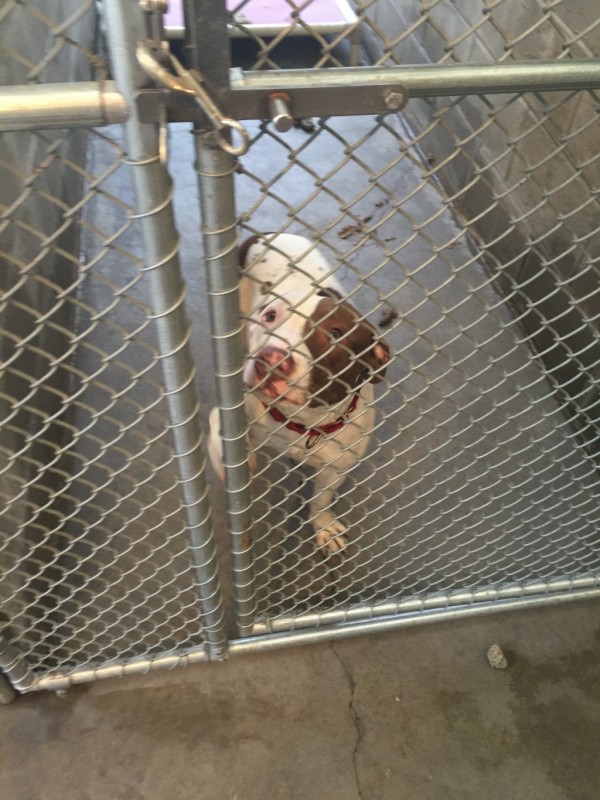
ER: What do you want people to know about adopting from LHS?
IB: We want adoption to be as simple as possible. All of the guidelines for adoption are laid out on our website so that people know very clearly what to bring. They can look at animals in one of two ways: through our profile on Petfinder online, which involves the submission of an electronic application followed by a meeting, or by coming down anytime during our open hours to take a tour and look at our animals in person. If it is a good fit and the animal is already spayed or neutered, a person could potentially finalize an adoption the same day that they visit us.
Our only criteria is that renters need to bring a copy of their lease showing that the type of pet that they are looking to adopt is allowed. Also, if a potential adopter already has a dog in the household and is looking to adopt another, we do ask that time is scheduled for the dogs to meet before adoption so that we don’t send our dogs into potentially negative situations.
Big dogs and adult dogs are $175, puppies and small dogs are $225, adult cats are $120 and kittens are $150. The fees include spay or neuter surgery, general vaccinations, deworming, and implanted microchips. When an animal is adopted, we will disclose everything that we know about the animal.
ER: What should people do when they find a stray or lost animal?
IB: They should not take an animal straight to LHS! That’s very important. When someone finds a stray domestic animal or an injured wild animal, the best thing is for them to call animal control in their municipality. Depending on the time of day, animal control will either dispatch an officer or send someone the next day (if it’s not an emergency). All of those animals will come here eventually, but contacting animal control first is best because they will know if someone is looking for a particular animal and can notify those parties immediately.
ER: Anything else about LHS that you want Jersey City to know?
IB: People have so many options when it comes to where to get animals these days, and we want people to remember that we’re here and to consider us. We understand things like eating and shopping local and the impact that it has on our community—what about local adoption?
I’ll be at Bark in the Park on October 10th, and I hope to see you all there! If you can’t attend but would like to support the cause, you can donate to LHS through their website.
Shelter Hours:
Tuesday-Friday: 2-7 p.m.
Saturday and Sunday: 11 a.m. – 4 p.m.
Closed on Mondays
Low-cost Wellness Clinic on Wednesdays from 4-6 p.m.
Check out Liberty Humane Society:
Website: www.libertyhumane.org
Email: lhs@libertyhumane.org
Adoptables on Petfinder: http://awos.petfinder.com/shelters/NJ261.html
Facebook: www.facebook.com/LibertyHumaneSociety
Twitter: @LibertyHumaneJC
Instagram: @libertyhumanesociety
Stay tuned for future posts on this great organization!
- Erin
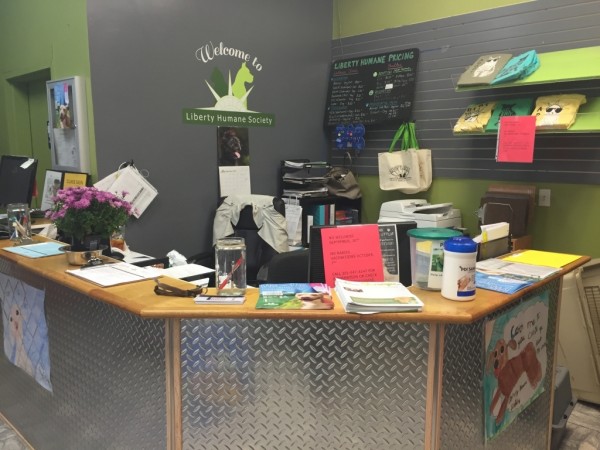
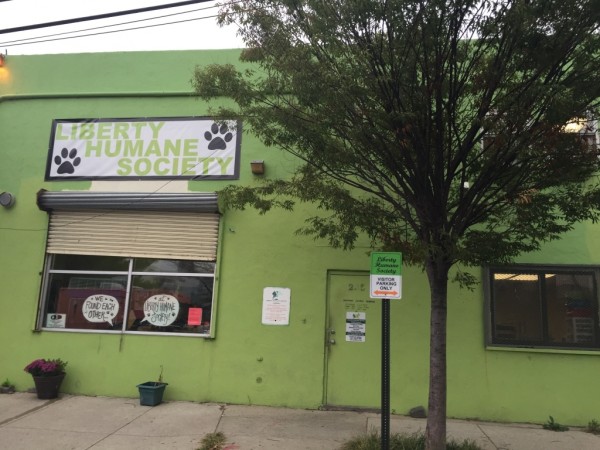

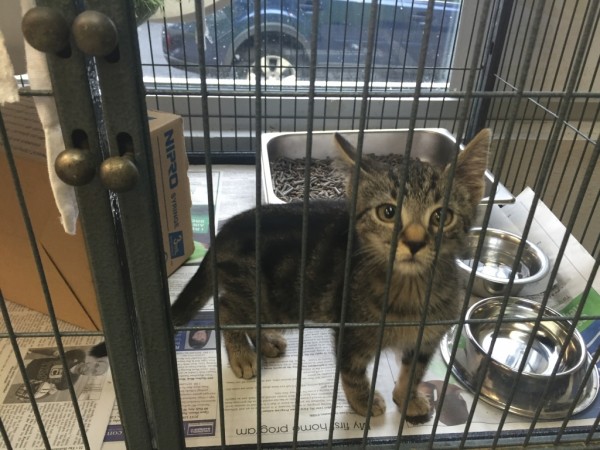


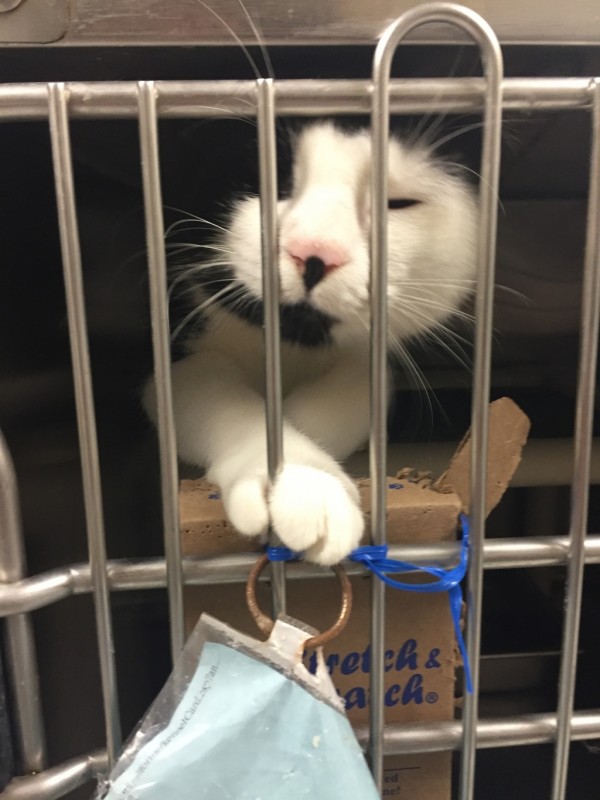
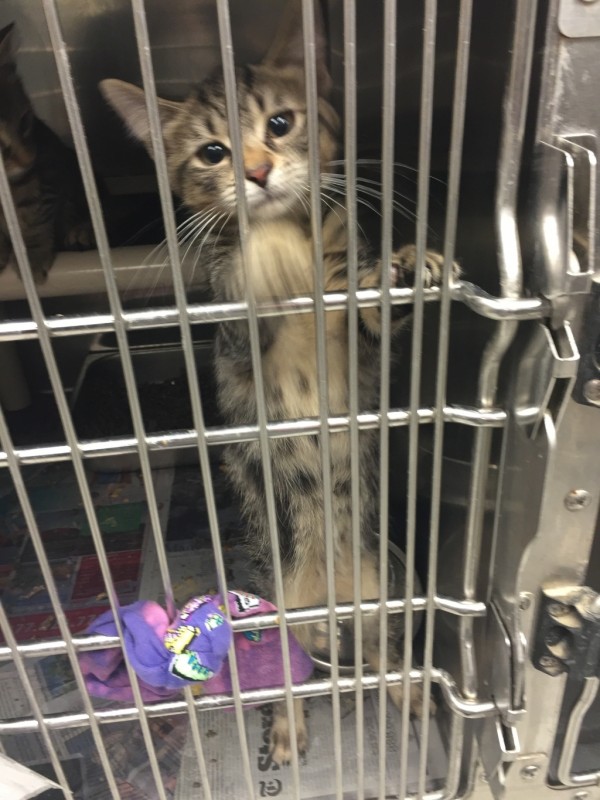
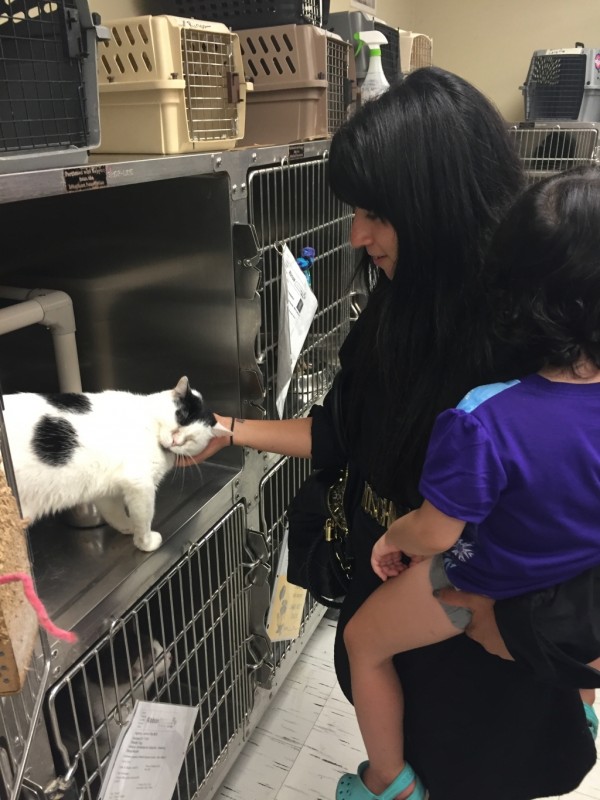
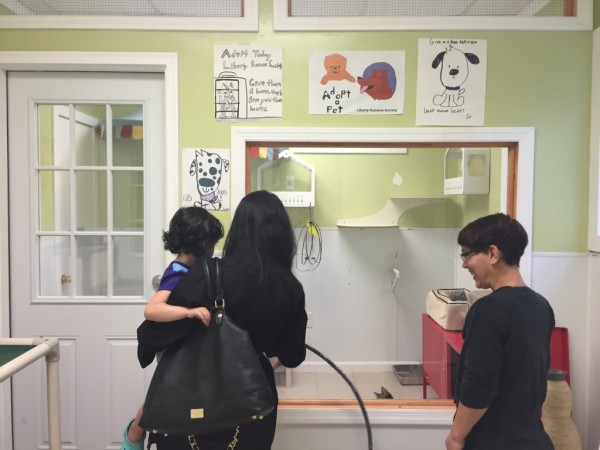

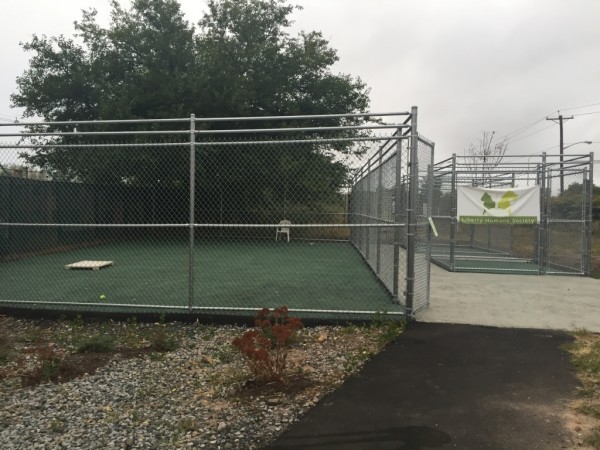
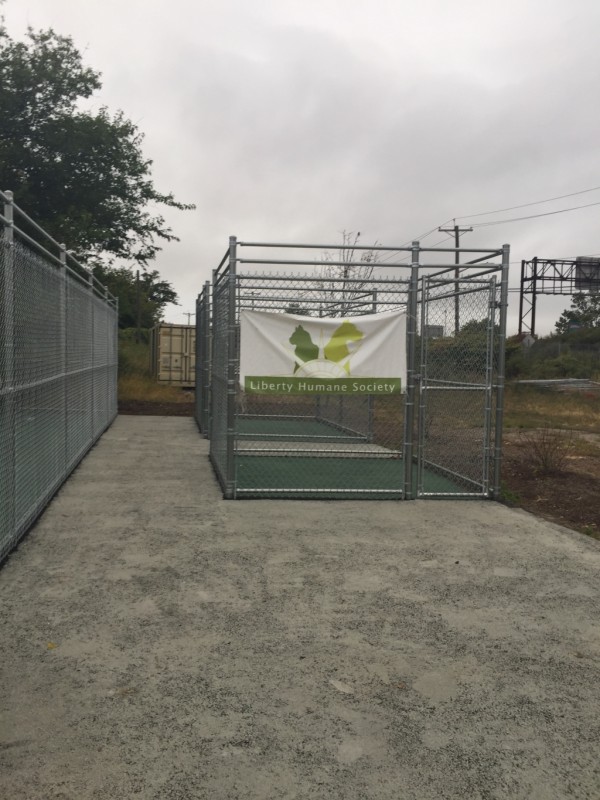
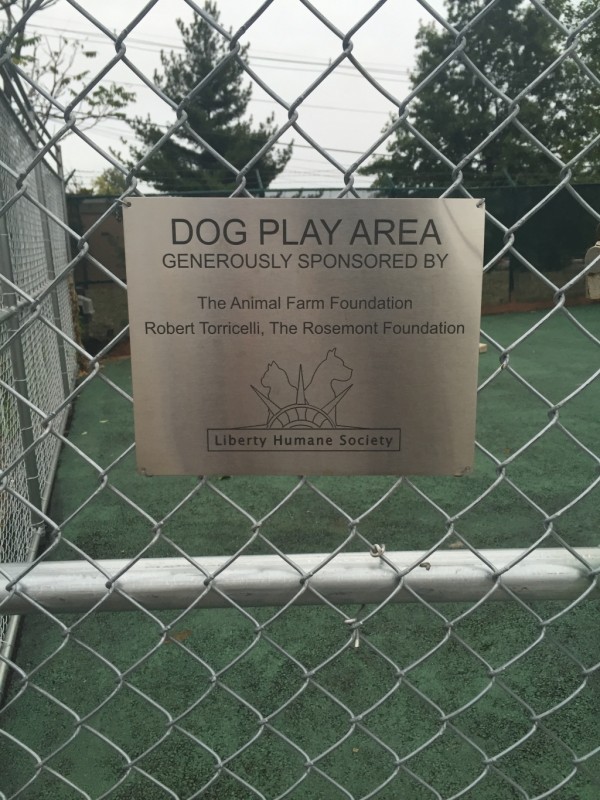

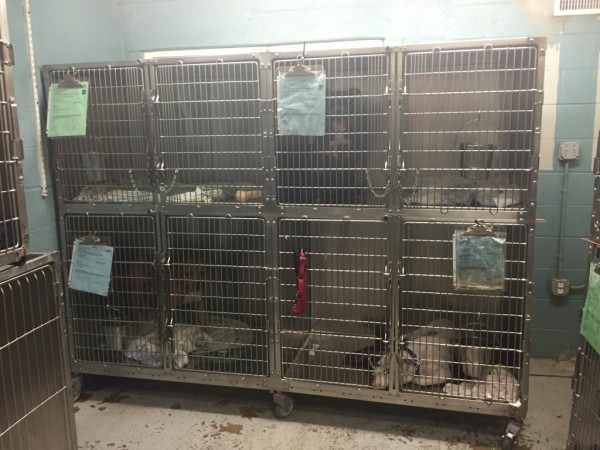
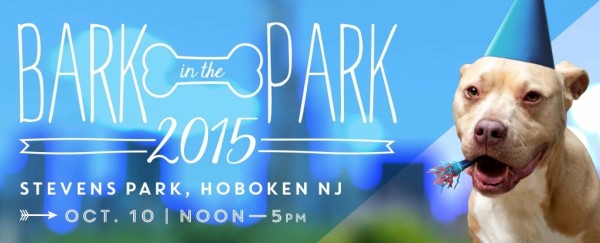
You must be logged in to post a comment.